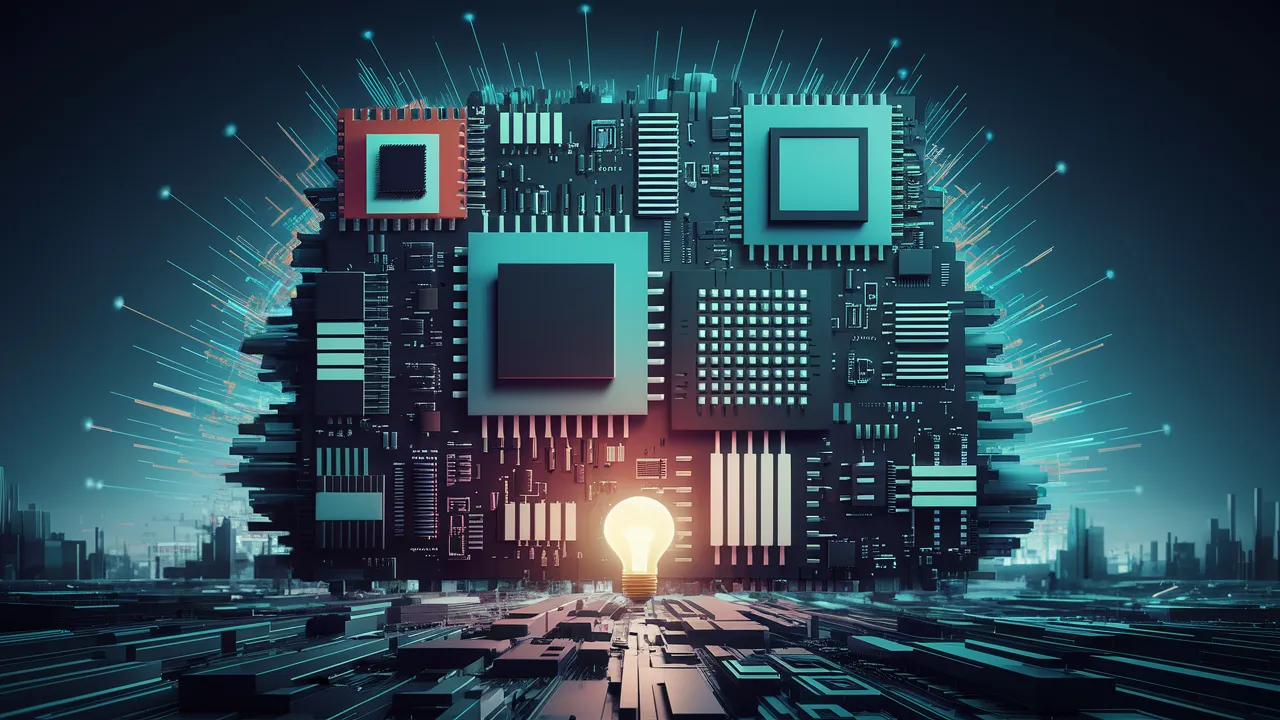
Integrated circuits (ICs) are the cornerstone of modern electronics, enabling the miniaturization and performance enhancement of devices. This article explores the various types, functions, and applications of integrated circuits, providing valuable insights for electronics enthusiasts, engineers, and anyone interested in electronic technology.
Integrated circuits, also known as ICs or microchips, are semiconductor devices that integrate numerous electronic components, such as transistors, resistors, and capacitors, onto a single chip. This integration allows for complex functionality within a compact form factor, revolutionizing electronic design and enabling advanced technology in various fields.
Integrated circuits are classified into three main categories based on their functionality: analog, digital, and mixed-signal.
Analog ICs process continuous signals and are used in applications that require amplification, filtering, or modulation of analog signals. Common types of analog ICs include:
Digital ICs handle discrete signals and are essential for logic operations, data processing, and storage. Key types of digital ICs include:
Mixed-signal ICs combine analog and digital functions on a single chip, making them ideal for applications that require both types of processing. Examples include:
Integrated circuits perform a wide range of functions, including:
Integrated circuits are ubiquitous in modern technology, with applications spanning various industries:
Integrated circuits offer several advantages over discrete components:
Selecting the appropriate integrated circuit involves considering several factors:
Integrated circuits are pivotal in advancing technology, enabling the development of sophisticated and efficient electronic systems. Understanding the different types of ICs, their functions, and applications can help in selecting the right components for various projects, ensuring optimal performance and innovation.
1: What is an integrated circuit?
An integrated circuit (IC) is a semiconductor device that integrates multiple electronic components, such as transistors, resistors, and capacitors, onto a single chip.
2: What are the main types of integrated circuits?
The main types are analog integrated circuits, digital integrated circuits, and mixed-signal integrated circuits.
3: What is the difference between a microprocessor and a microcontroller?
A microprocessor is the central processing unit of a computer system, executing software instructions, while a microcontroller includes a processor, memory, and peripherals in one integrated circuit, used for controlling embedded systems.
4: How do integrated circuits benefit modern electronics?
Integrated circuits offer miniaturization, increased reliability, enhanced performance, cost efficiency, and energy efficiency.
5: What factors should be considered when choosing an integrated circuit?
Consider the application requirements, performance specifications, compatibility, cost, and availability.
To know more, watch our video on ICs : https://www.youtube.com/shorts/gXHIFXICpu8
Facebook : https://www.facebook.com/zenkaeurope
Twitter : https://x.com/ZenkaEurope
YouTube : https://www.youtube.com/@ZenkaEurope
LinkedIn : https://www.linkedin.com/company/zenka-europe-uab/
Instagram : https://www.instagram.com/zenka_europe